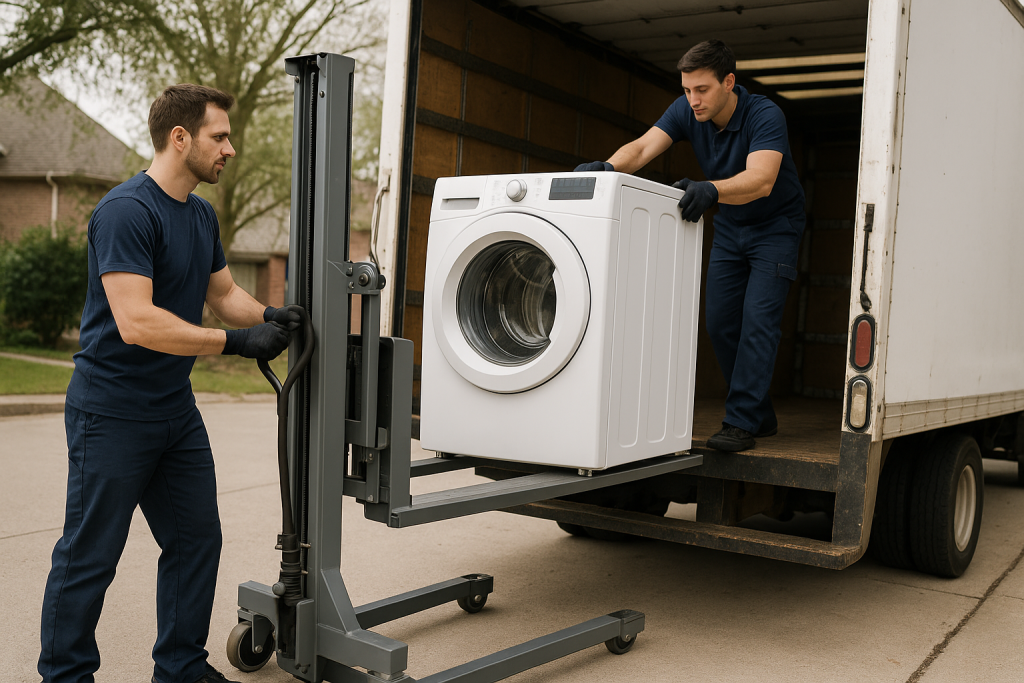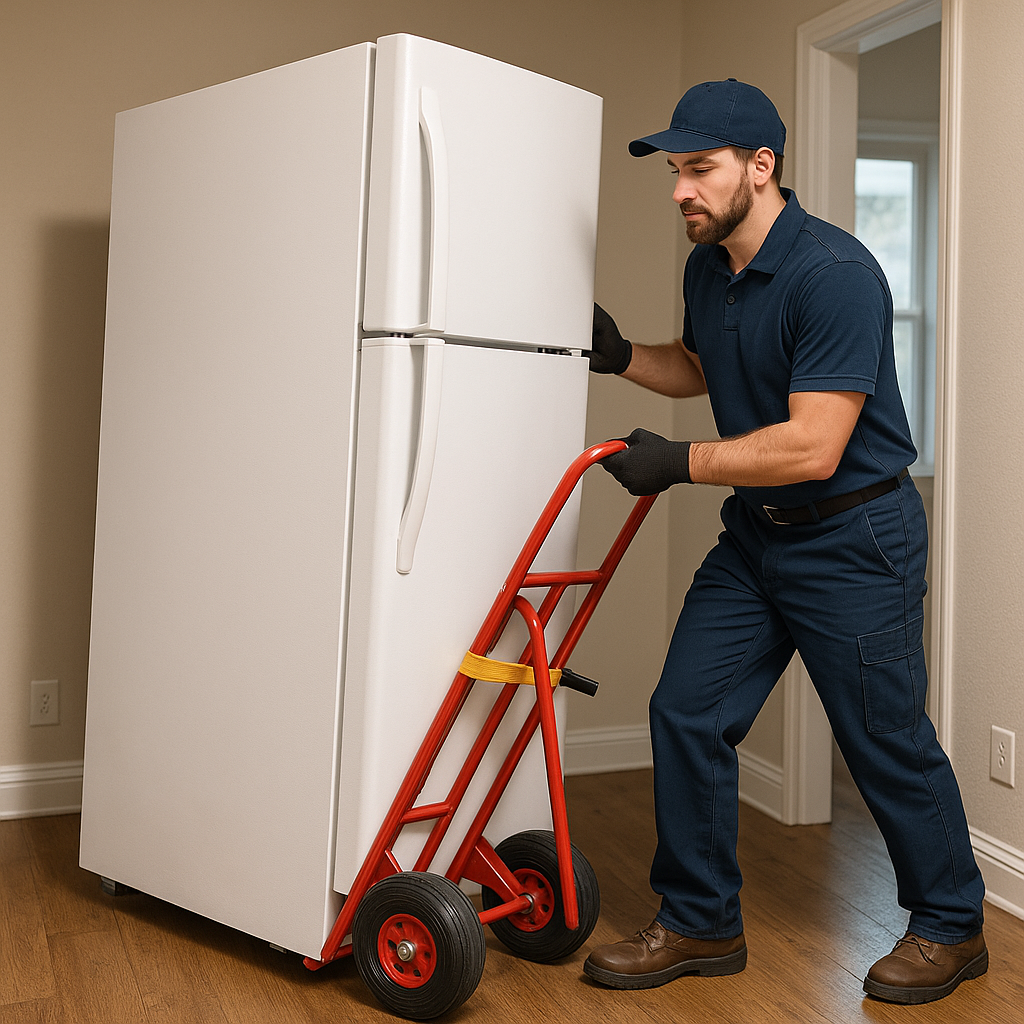The Ultimate Guide to Hiring Reliable Appliance Movers
When relocating, one of the most challenging tasks is moving heavy appliances such as refrigerators, washers, and stoves. Hiring professional appliance movers can make the process easier and safer. But how do you find the right movers for your needs? This guide will walk you through the process of hiring reliable appliance movers, ensuring a smooth and stress-free move.
Why You Need Professional Appliance Movers
Moving appliances requires more than just muscle; it requires skill and the right equipment. Here are a few reasons why hiring professionals is a wise decision:
- Safety First: Large appliances can cause injuries if not handled properly. Appliance movers are trained to lift and carry these items safely.
- Proper Equipment: Movers come equipped with dollies, straps, and padding to protect both your appliances and your home.
- Time-Saving: Moving an appliance can take hours if done incorrectly. Professionals can do it much faster, giving you more time for other tasks.
- Insurance: Many appliance movers offer insurance coverage in case of accidents or damage, providing you with peace of mind.
How to Choose the Right Appliance Movers

Choosing the right appliance moving company is essential for a successful move. Here’s what you should keep in mind when selecting a mover:
- Experience: The more experience a company has, the better equipped they are to handle different types of appliances.
- Reputation: Check online reviews and ask for recommendations to find reputable movers.
- Services Offered: Some companies specialize in moving kitchen appliances, while others may focus on larger items or commercial equipment.
- Cost: Always ask for a written estimate. Compare quotes from different movers to ensure you’re getting a fair deal.
Types of Appliance Moving Services
Different types of appliance moving services can cater to various needs. Below are some standard options:
1. Residential Appliance Moving
If you’re relocating your home appliances like refrigerators, dishwashers, or microwaves, residential appliance movers can ensure your items are transported safely to your new home.
2. Commercial Appliance Moving
For businesses with large kitchen equipment or industrial machines, commercial appliance movers are trained to handle heavy, delicate appliances, ensuring a hassle-free move.
3. Local and Long-Distance Moving
Whether you’re moving within your city or across the state, appliance moving companies can handle both local and long-distance moves. Ensure the company you hire can handle the distance you’re moving.
Key Considerations Before the Move
Before your movers arrive, there are a few things you should do to ensure a smooth process:
- Prepare Your Appliances: Disconnect appliances such as refrigerators or washers. If possible, empty and clean them before moving.
- Measure Doorways and Hallways: Ensure that your appliances can fit through doorways, hallways, and stairs without any trouble.
- Inform the Movers About Any Special Needs: Let the movers know if you have particularly large or delicate items that may require special handling.
What to Expect During the Move
When the movers arrive, they will typically:
- Inspect your appliances and confirm the plan.
- Use proper equipment to load your appliances into their moving truck safely.
- Transport the appliances to your new location and carefully unload them.
- Reconnect or install appliances if agreed upon.
Frequently Asked Questions (FAQs)
1. Do appliance movers disassemble appliances?
Some movers offer disassembly and reassembly as part of their services, while others may charge extra for this service. It’s best to confirm this ahead of time.
2. How much do appliance movers cost?
The cost can vary depending on factors such as distance, the type of appliances being moved, and any additional services. Generally, appliance movers charge between $100 and $1,000.
3. Can I move my appliances myself?
While it’s possible, moving appliances on your own is risky. Without the right equipment, you could damage your appliances or injure yourself. Hiring professionals is the safest option.
4. Are appliance movers insured?
Yes, most professional movers offer insurance to cover any potential damage that may occur during the move. Always check the details of the insurance before hiring.

Hiring reliable appliance movers ensures that your heavy, bulky appliances are transported with care, saving you time and effort while minimizing risk. By following the tips in this guide, you’ll be able to find an experienced and trustworthy appliance moving company for your next move. Whether you’re moving across town or to another state, professional movers can make the process much easier and more efficient.
Buzzmoving simplifies your relocation by matching you with trusted movers nationwide. Get your free quote today and let our experts manage the rest!


















